Weimaraner — an elegant, high-performance pointing dog with strong drive, a fine nose, and a close bond with people. If you balance energy, prey instinct, and downtime, you’ll have a reliable partner for field work, dog sports, and active families.
Table of contents
- Origin & history
- Appearance & traits
- Temperament & behavior
- Family life & home
- Training & cues
- Health & common topics
- Grooming & coat care
- Nutrition & weight
- Exercise & enrichment
- City living & prey drive
- Puppies & the first months
- Acquisition, costs & responsibility
- Who is the Weimaraner right for?
- FAQ
- Breed profile
Origin & history
The Weimaraner was developed in Germany as an all-around hunting companion for field, forest, and water. He was bred to locate game, hold a steady point, retrieve cleanly after the shot, and work confidently in water. That purpose still shapes the breed today: stamina, steady nerves, and a strong partnership with the handler are core strengths.
Appearance & traits
This medium-to-large athlete is cleanly muscled and elegant. Signature features include silver to mouse-gray coats, amber eyes in adulthood, and long drop ears. There are short-haired and long-haired varieties. Movement is elastic and powerful, with an alert expression.

Temperament & behavior
Weimaraners are people-oriented, eager to learn, and love to work. Outdoors you’ll see hunting drive and speed; in the home, a well-exercised Weim settles and enjoys affection. Clear rules and predictable routines help him feel secure. Many are initially reserved with strangers without being rude.
Family life & home
The breed thrives in families when activity is planned: a short orientation walk with a few cues in the morning, true downtime midday, then training and exercise in the evening. With considerate kids, he is friendly; roughhousing without structure is less his style. A defined rest spot makes switching off easier.

Training & cues
Reward-based, consistent training delivers the best results. Build a solid foundation with a reliable recall, rock-solid basic cues, and calm loose-leash walking. Use targeted impulse control to channel arousal into steady work. Hunting motives translate well into legal jobs such as searching, retrieving, and calmly indicating finds.
- Keep it short, clear, and frequent: several 3–5 minute sessions beat long drills.
- Pay well, hold criteria consistently, and end exercises cleanly.
- Back up recall in open spaces with a long line at first.
Health & common topics
The Weimaraner is athletic, yet a few points deserve attention:
- Hip/elbow dysplasia: grow on joint-friendly surfaces and keep a lean physique.
- Bloat/GDV risk: serve several small meals and provide rest after eating.
- Ears: dry well after swimming or rainy walks and check regularly.
- Teeth & mouth care: routine brushing lowers tartar risk — see Brushing a dog’s teeth.
Grooming & coat care
Short coat is low-maintenance: brush weekly, more during shedding. Long-haired dogs also need a comb and de-matting on pants, ears, and tail. Keep nails, ears, and teeth on a schedule. Cold-season tips here: winter coat-care.

Nutrition & weight
Sports dogs need quality protein and energy matched to workload. Weigh daily portions, count treats, and transition food slowly. Omega-3s can support muscle recovery, skin, and coat. A lean outline protects joints and keeps performance high.
Exercise & enrichment
Weimaraners need daily work for brain and body — not just miles, but meaningful tasks.
- Everyday plan: two to three active blocks (about 90–120 minutes total) plus real rest windows.
- Sport & work: field retrieves, tracking/mantrailing, canicross, obedience, structured search and retrieve games.
- In game-rich areas, manage with a clean recall and smart leash skills.
City living & prey drive
Urban life works when you dose stimuli wisely. Choose quieter routes, practice calm leash greetings, use distance zones, and avoid rush hours. For step-by-step routines, see Living with a dog in the city.
Puppies & the first months
Introduce rest, handling, and new environments early — in small doses. Start orientation to the handler, leash skills, and recall from day one. Helpful reads: Puppy training: the first weeks and First walks with your puppy. Socialize broadly with breaks so arousal doesn’t spill over.

Acquisition, costs & responsibility
Plan time for daily training, exercise, and recovery. Budget for quality food, gear, insurance, vet care, and possibly a trainer. Choose a responsible source and check health documentation. A helpful starter is the puppy-buying checklist.
Who is the Weimaraner right for?
- Active people who enjoy training and provide clear structure
- Hunters or sport handlers with suitable jobs for the dog
- Families with considerate children and reliable routines
- Committed first-timers who have guidance and time
Less suitable if only short potty walks are possible or if prey-drive management isn’t on the table.
FAQ
Is the Weimaraner a good first dog?
With coaching and a realistic schedule, yes. For casual “Sunday strolls only,” this work-driven breed is not a match.
Do Weimaraners shed a lot?
Seasonally, yes. Regular brushing keeps hair in the home down.
How much exercise does he need?
About 90–120 minutes daily, including nose work and training. Quality beats distance.

Breed profile
| Origin | Germany |
| Height | Males about 23.2–27.6 in, females about 22.4–25.6 in |
| Weight | About 55–88 lb (size and build vary) |
| Lifespan | About 10–13 years |
| Coat | Short or long; dense and weather-resistant |
| Colors | Silver, deer to mouse gray |
| Temperament | People-oriented, driven, sensitive, strong hunting instinct |
| Exercise | High — daily work with purposeful tasks |
| Grooming | Low to moderate — brush, maintain ears and teeth |
| Good for first-time owners? | Depends — workable with guidance and time |
| Notes | Pronounced prey drive, excels in nose work and sport |
| Price | ~€1,200–2,000 (varies by source and quality) |


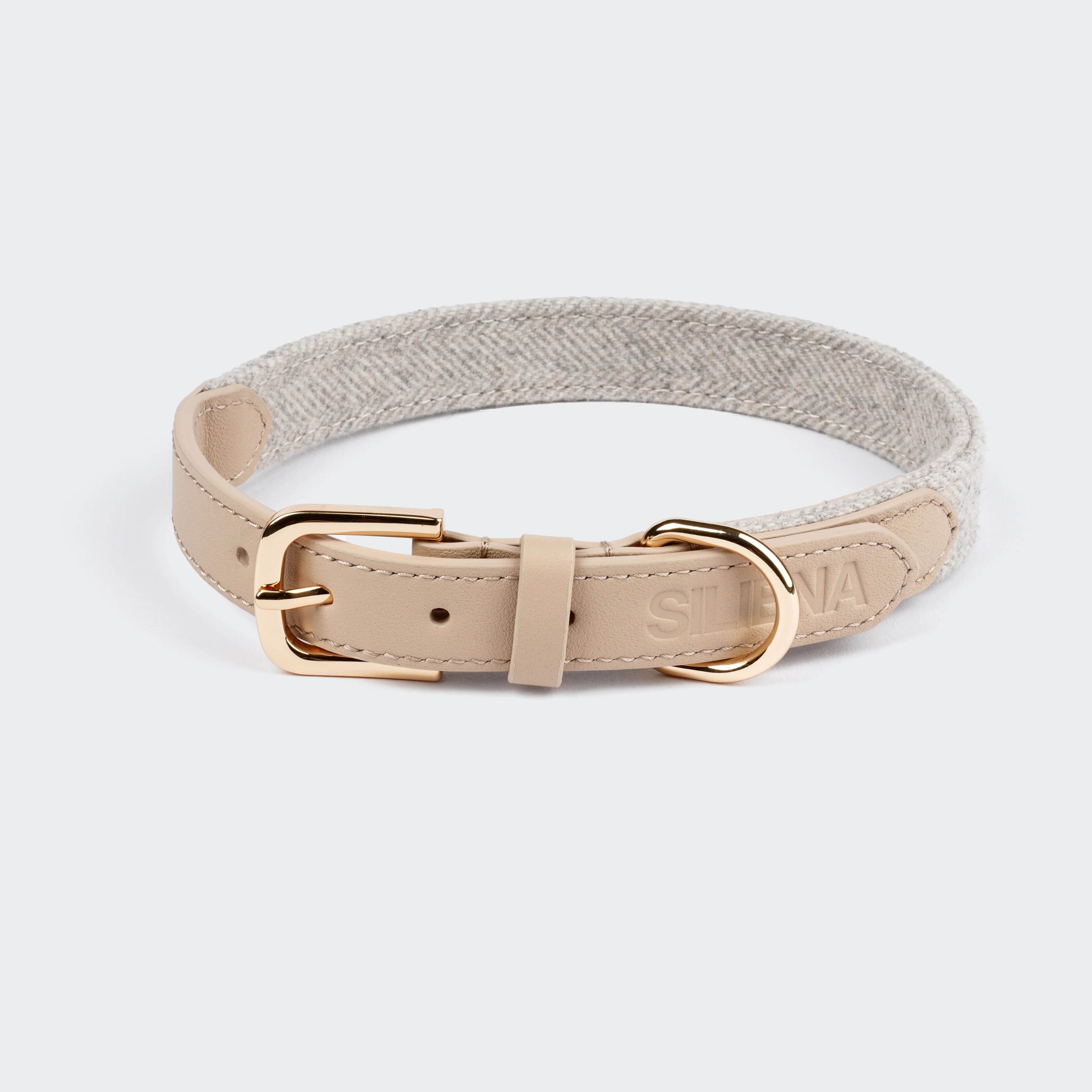
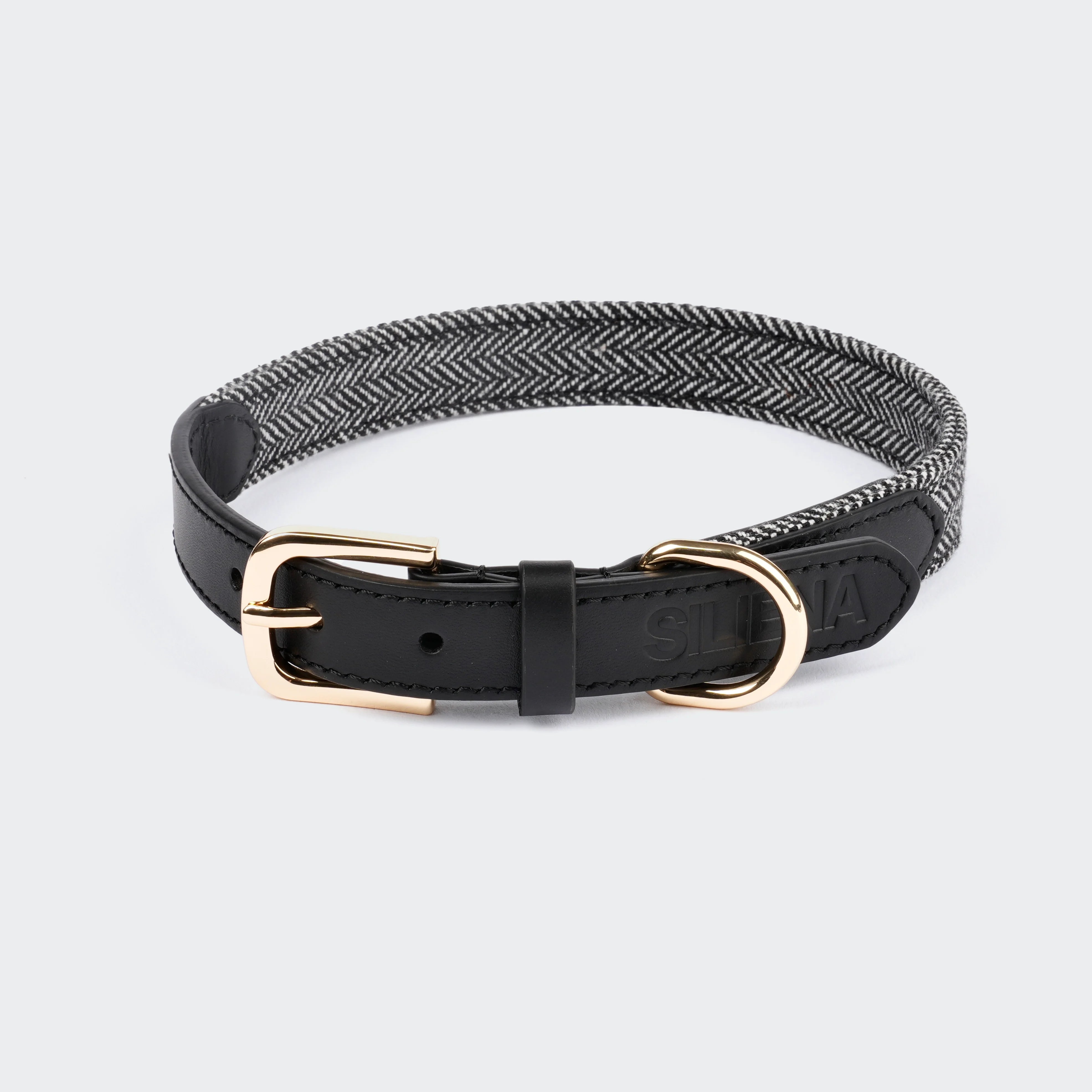
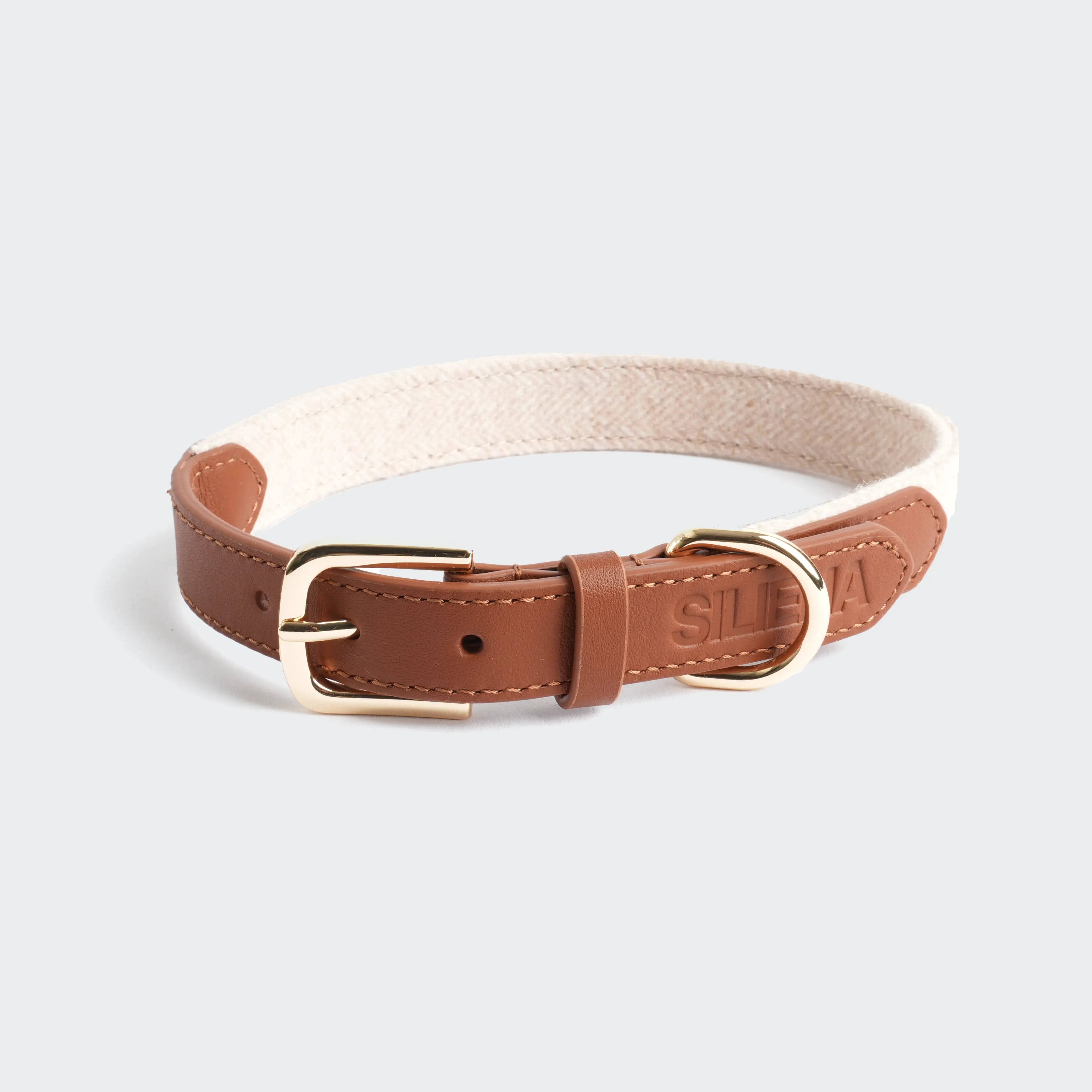
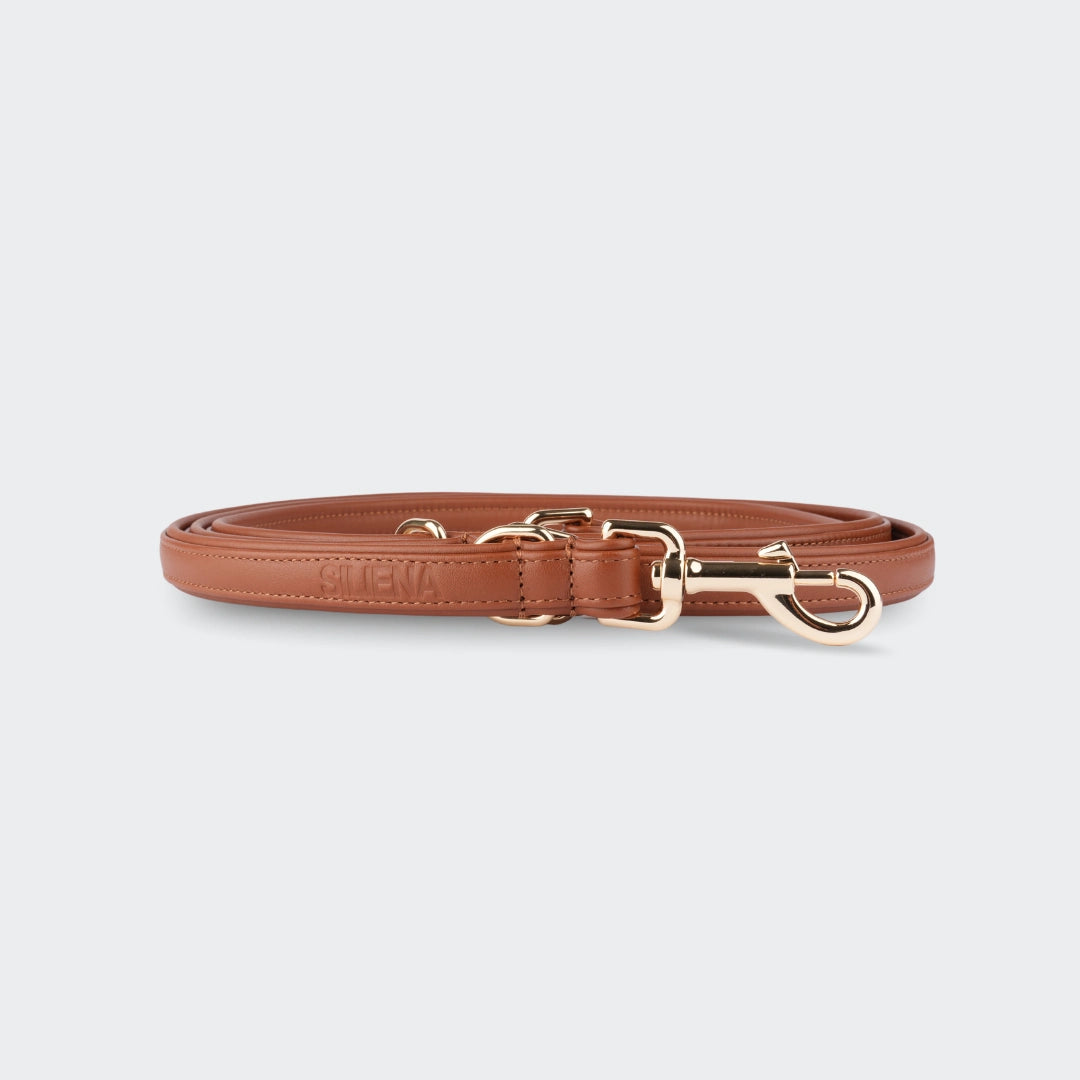
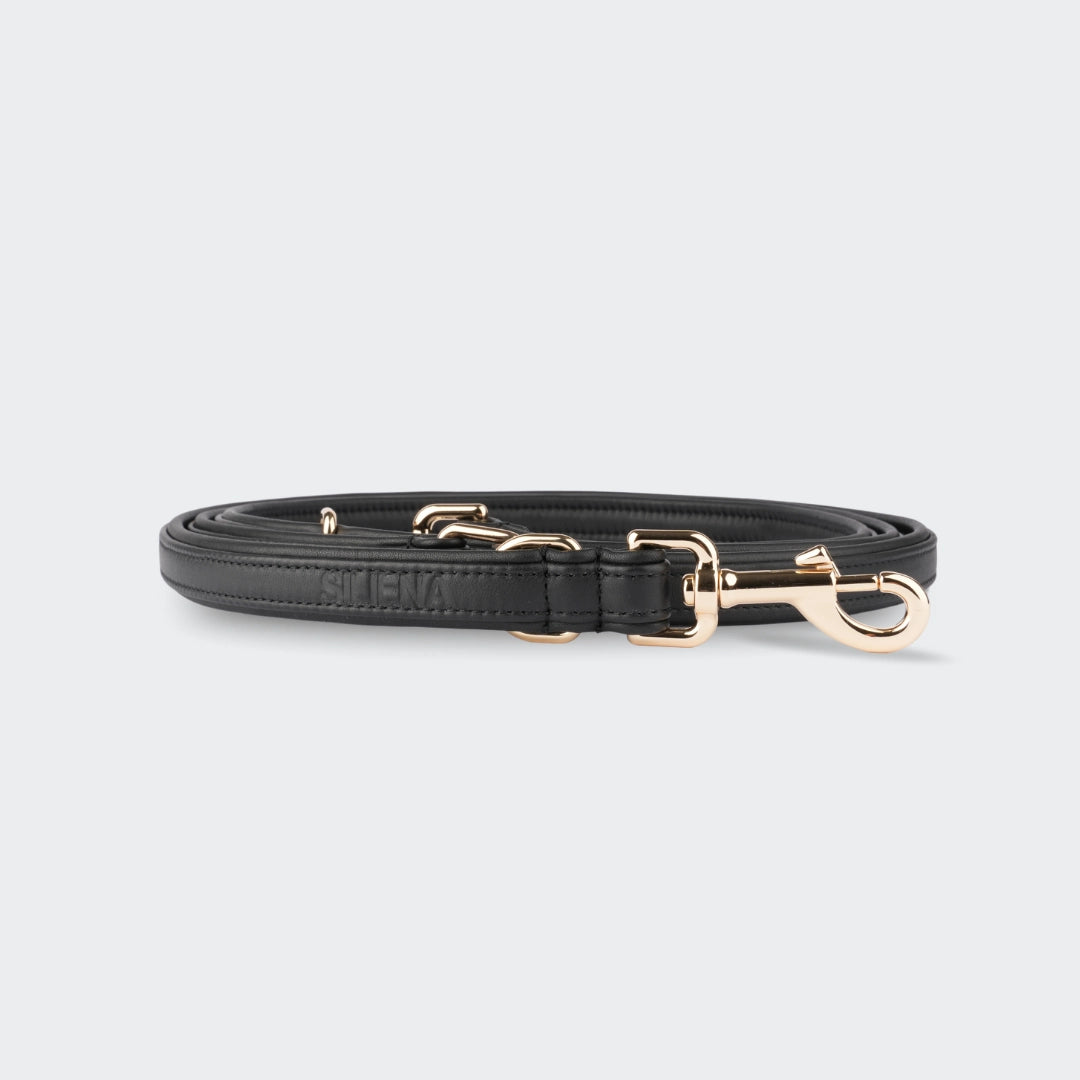
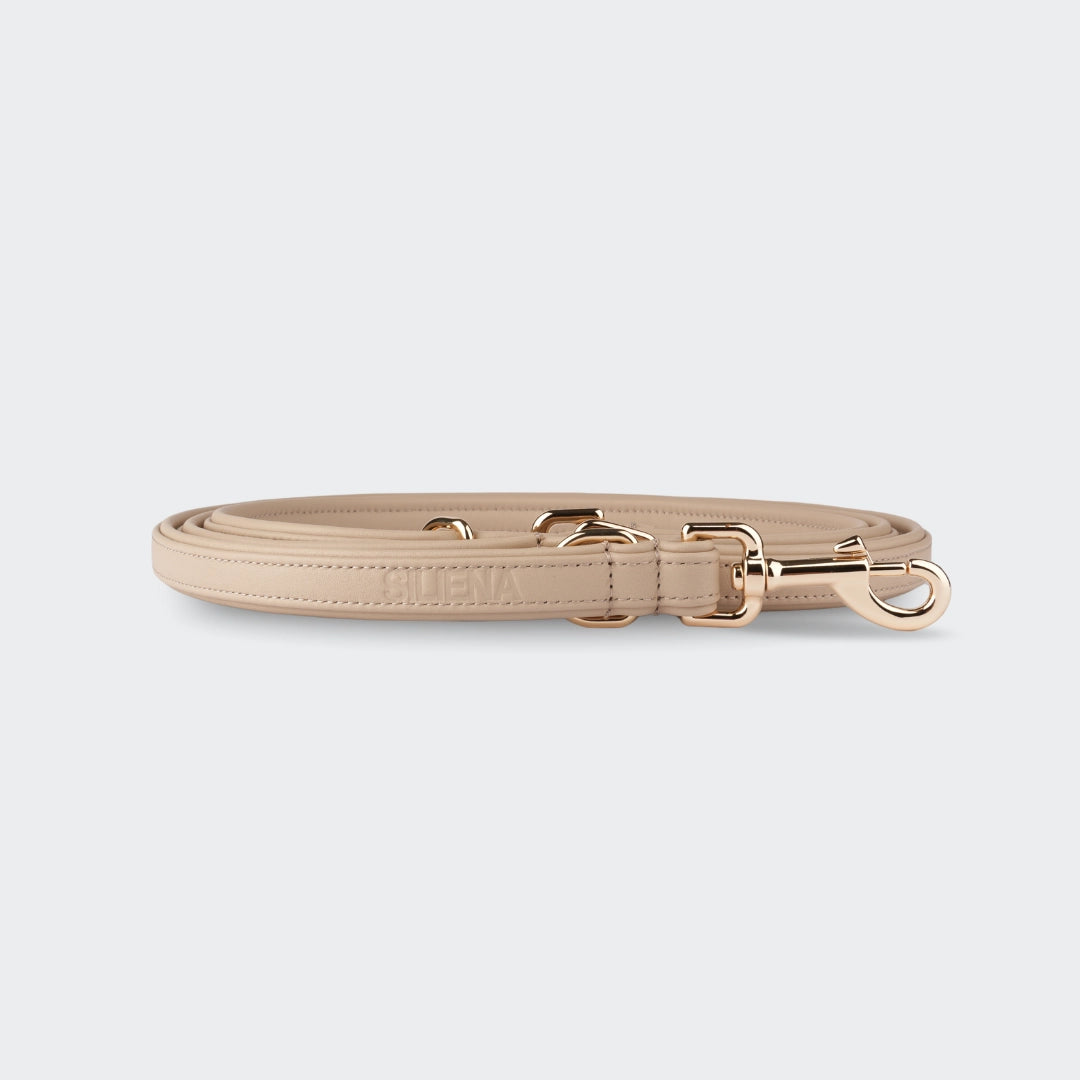
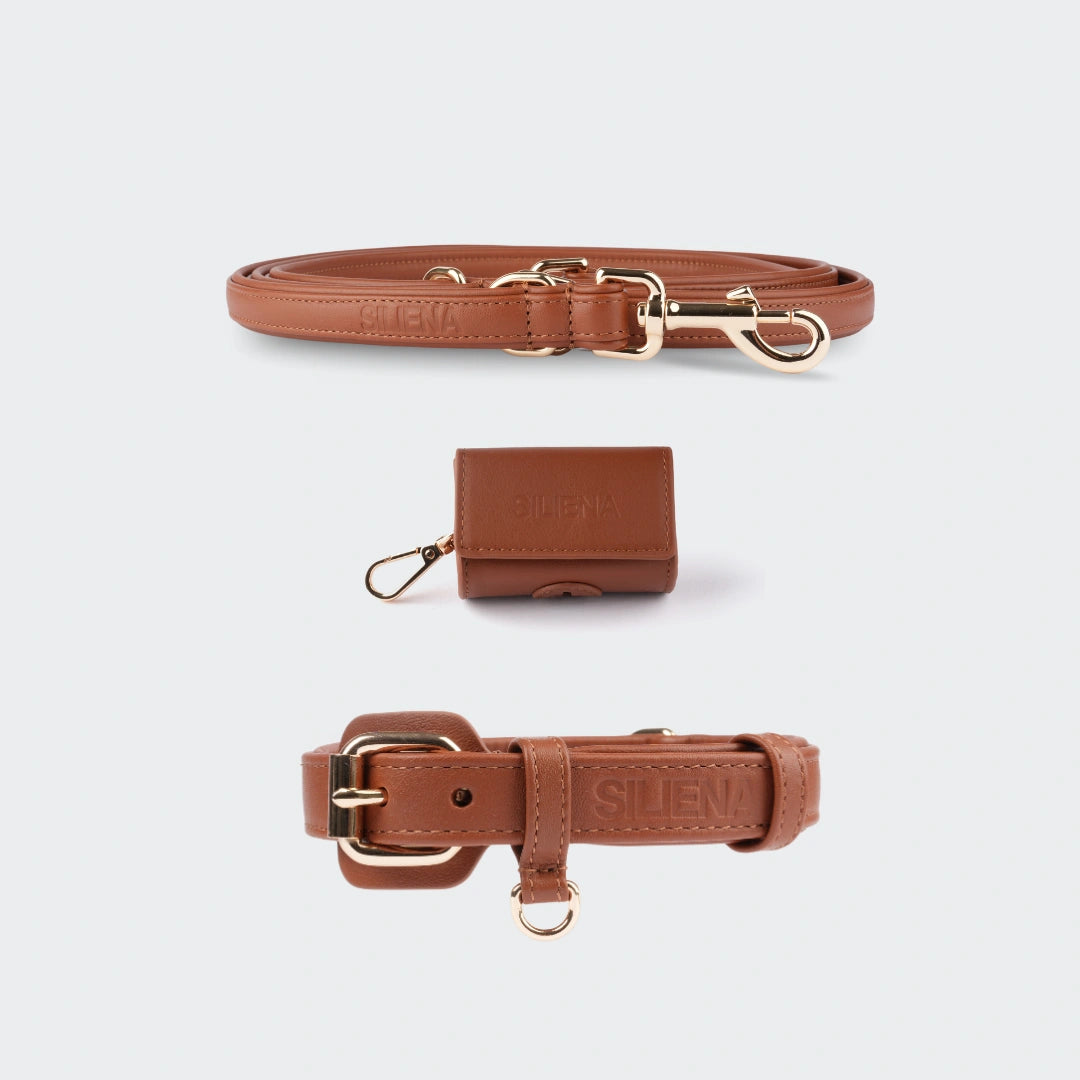
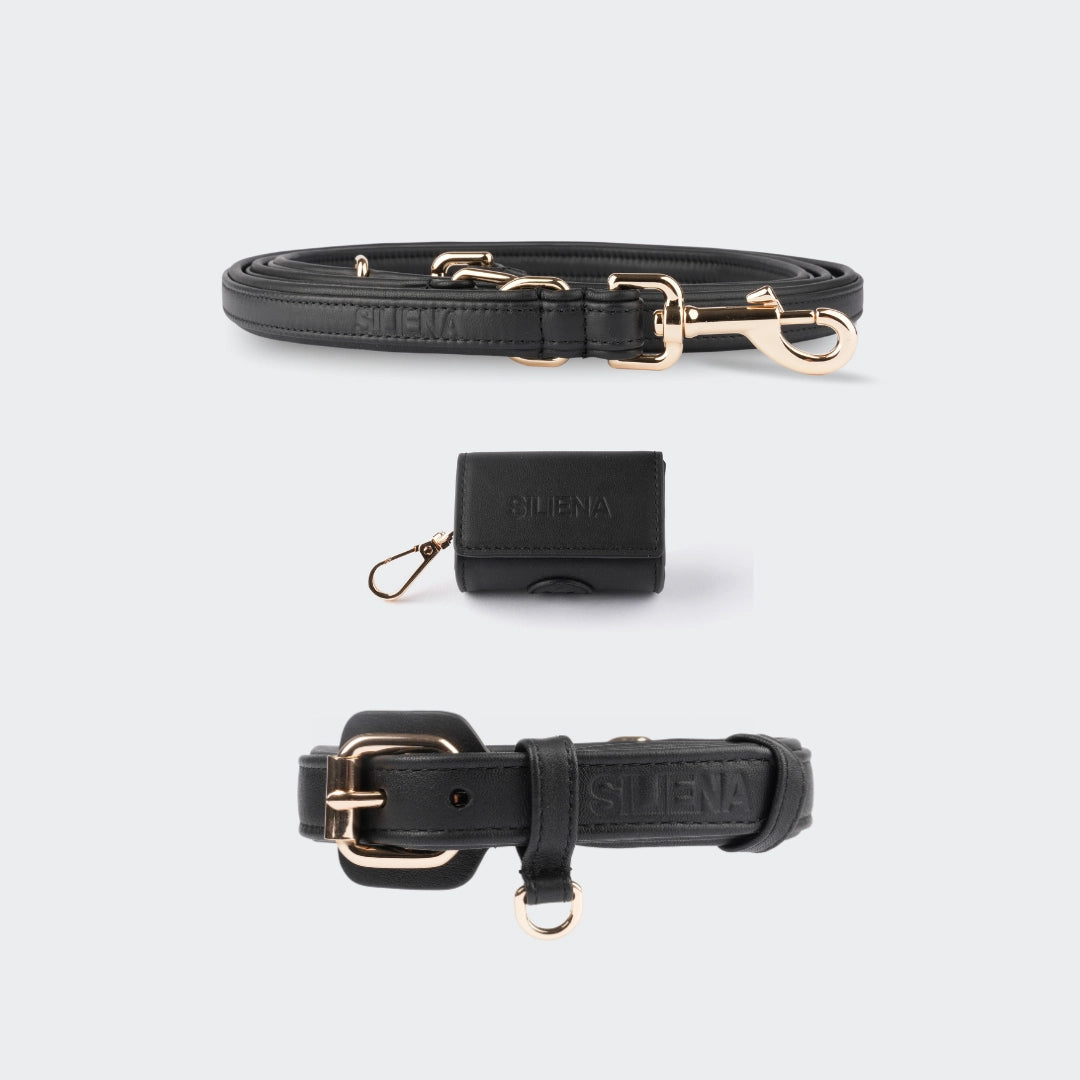
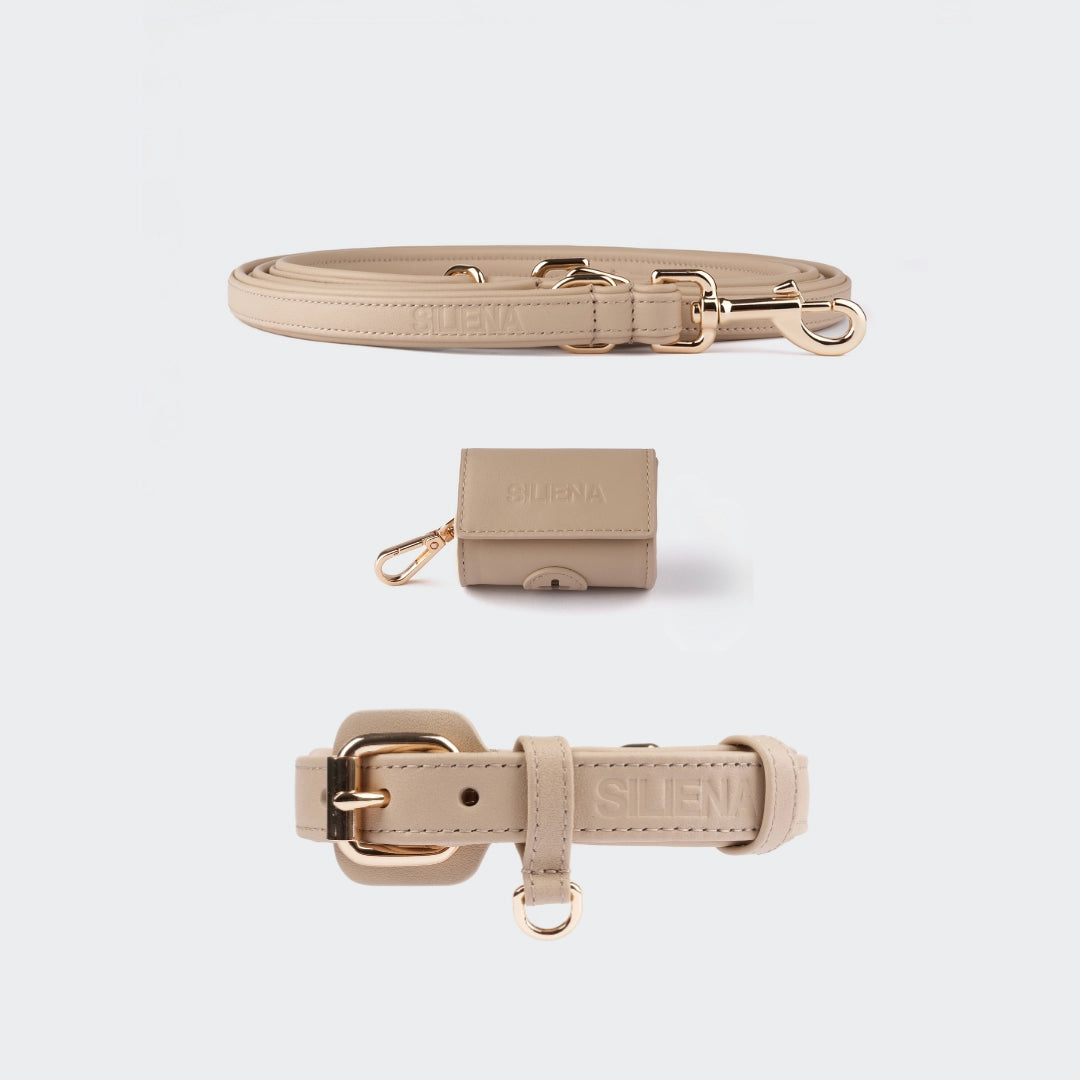
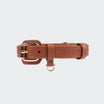
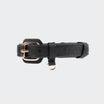
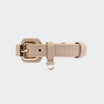
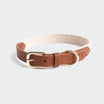


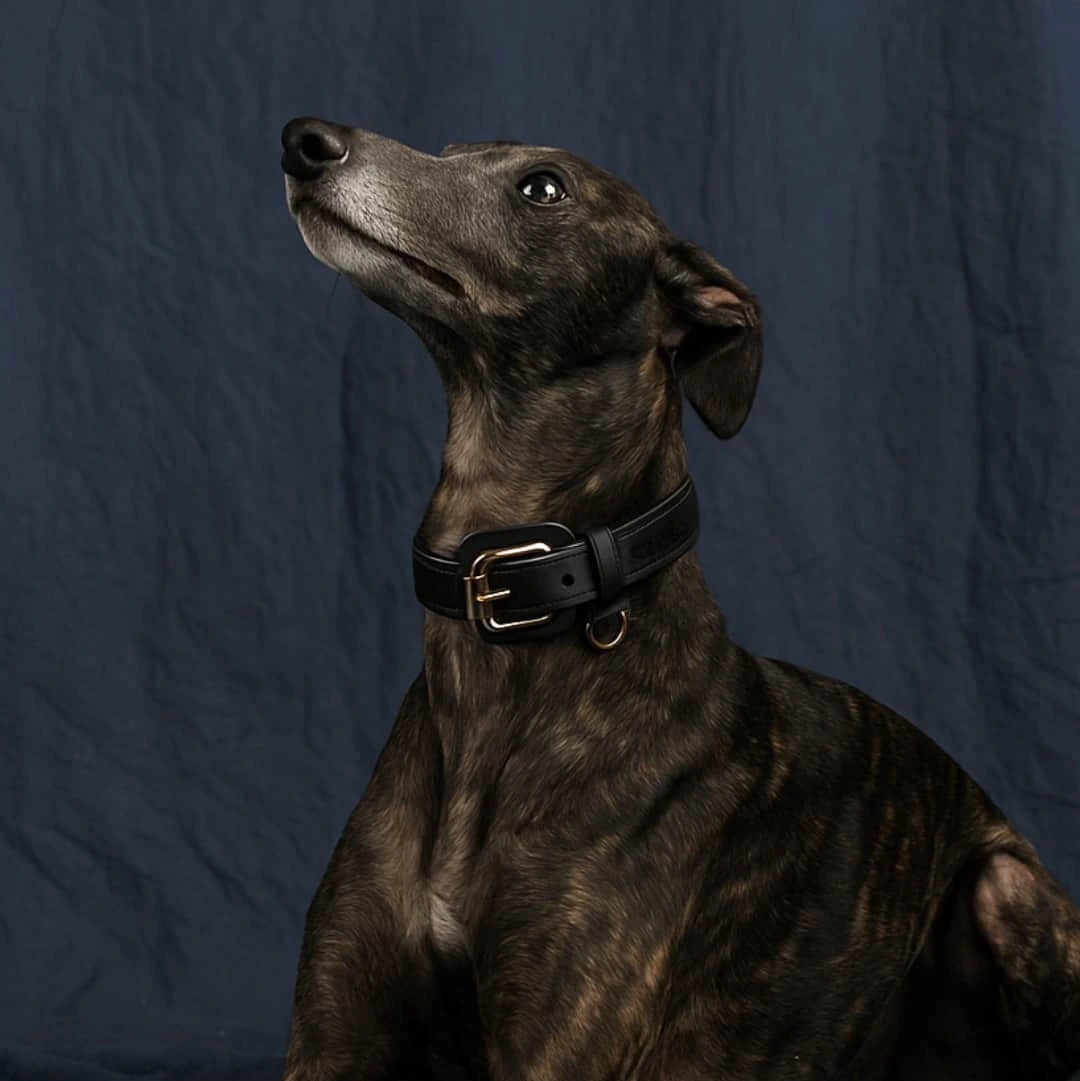

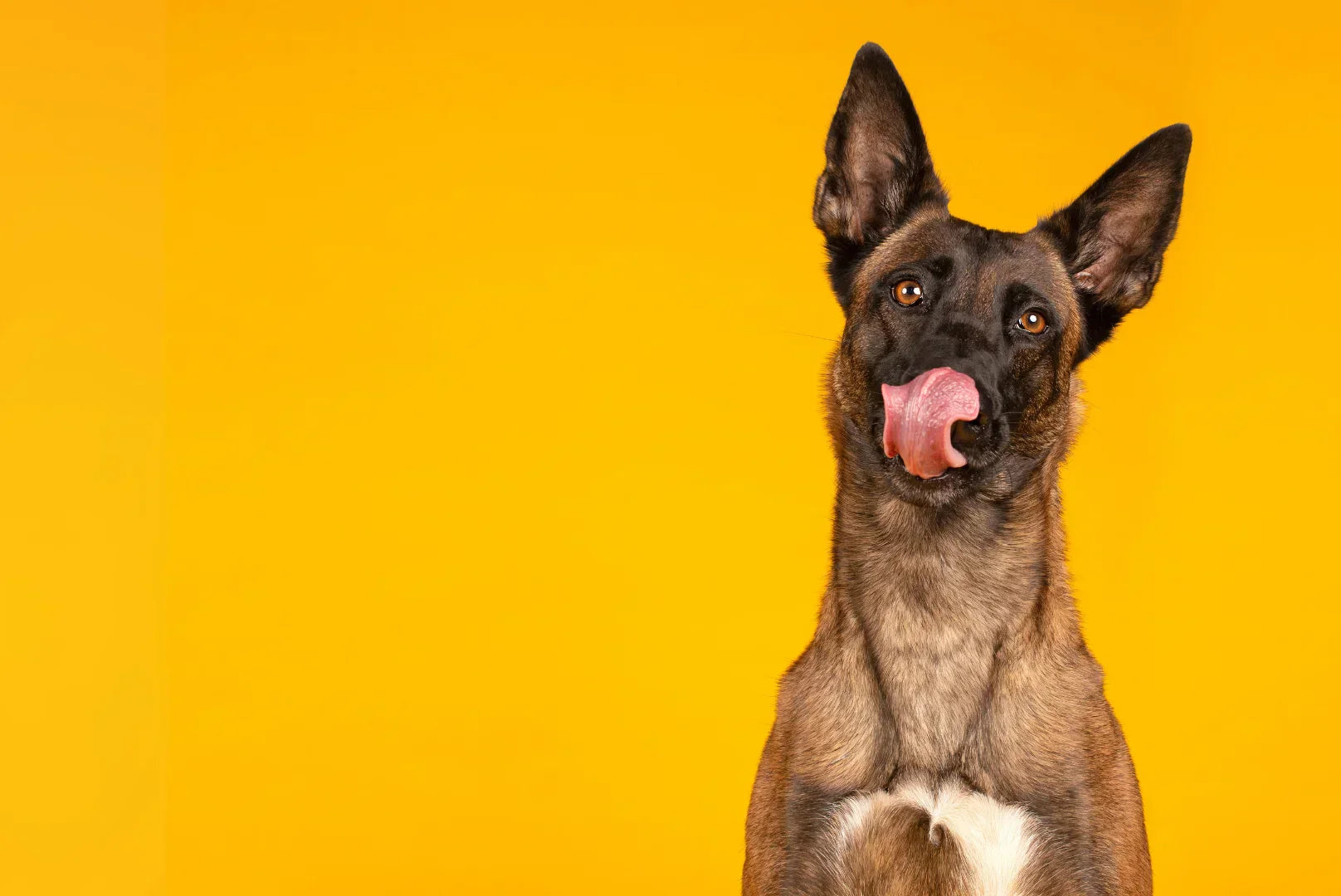

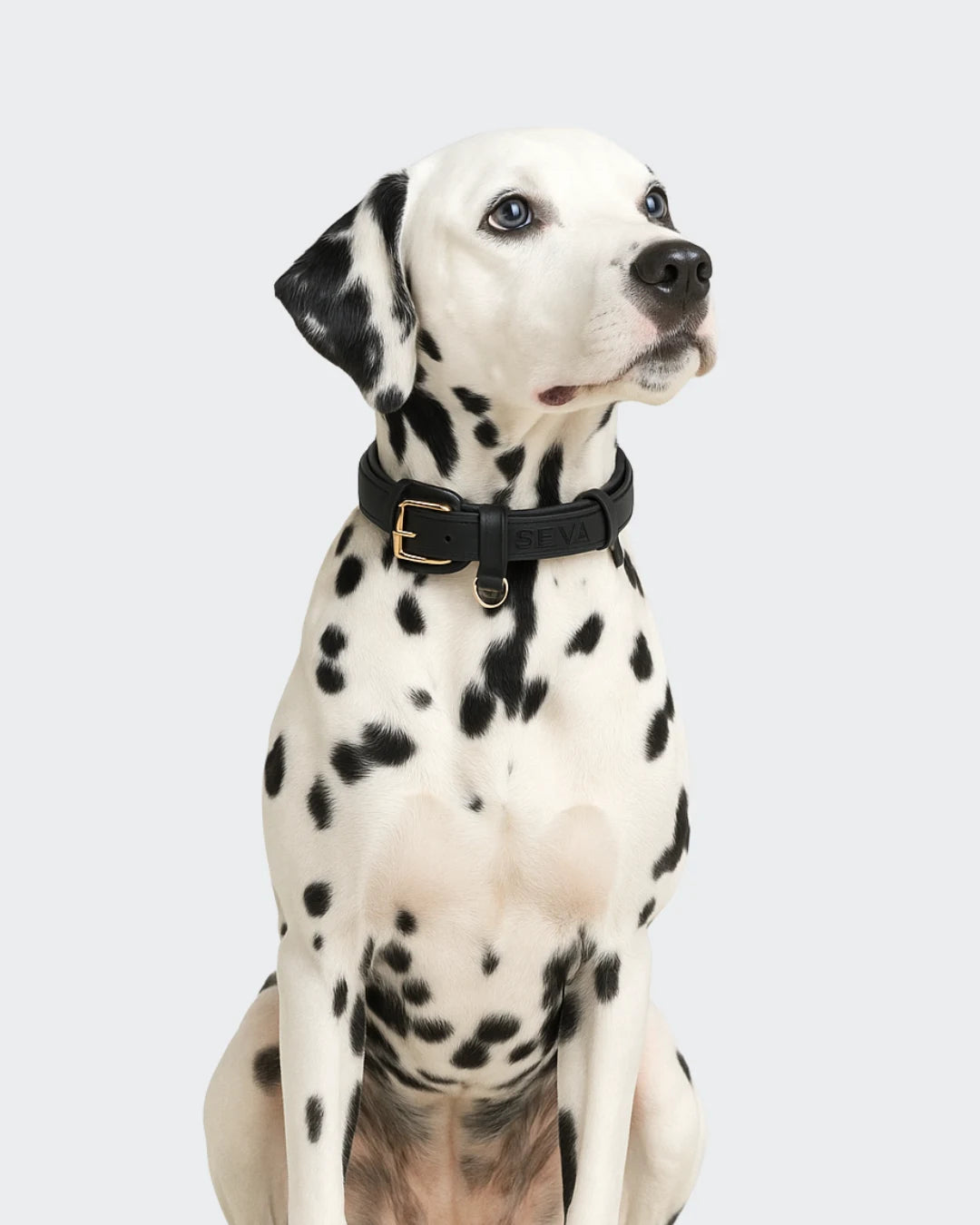
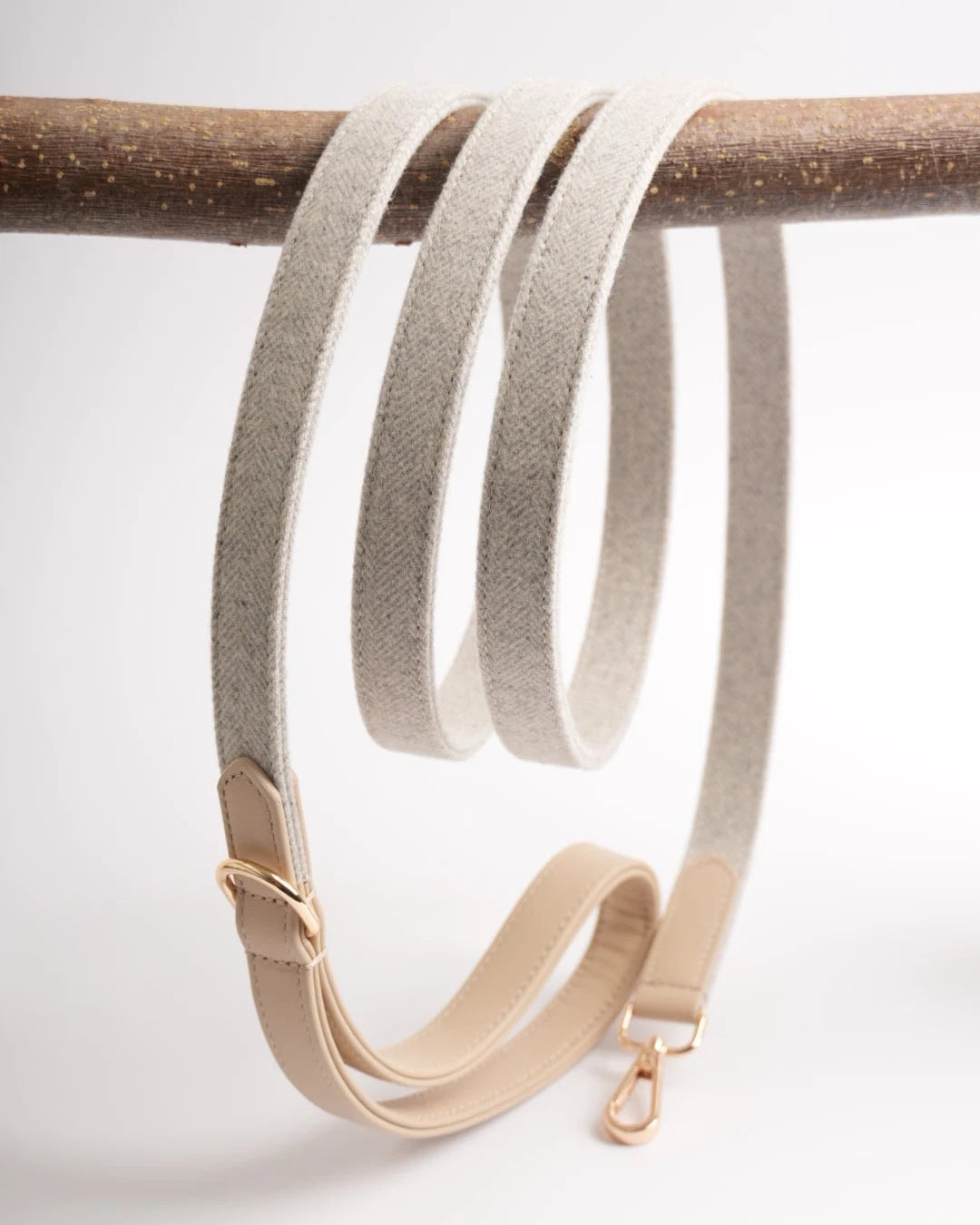
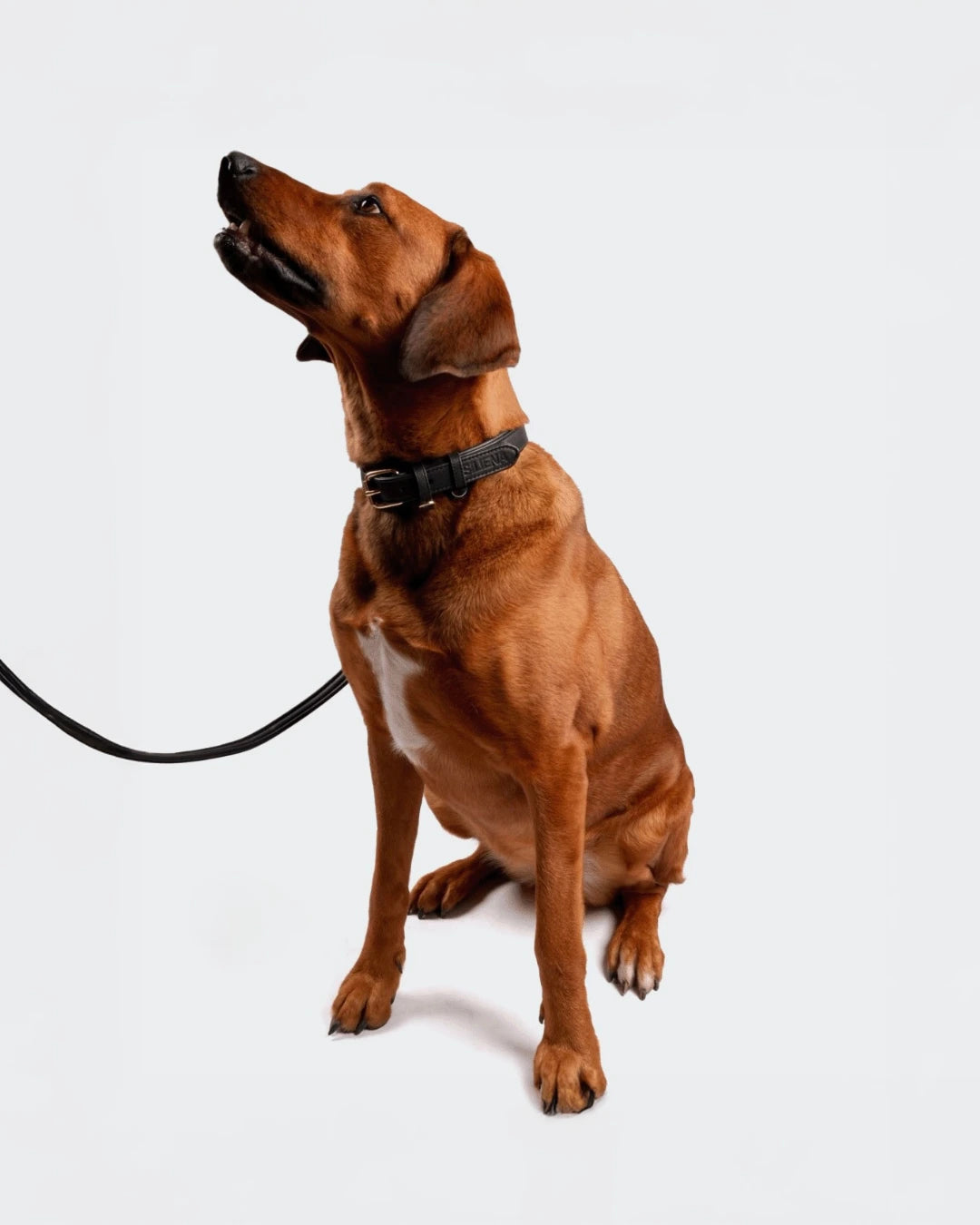
Leave a comment
This site is protected by hCaptcha and the hCaptcha Privacy Policy and Terms of Service apply.